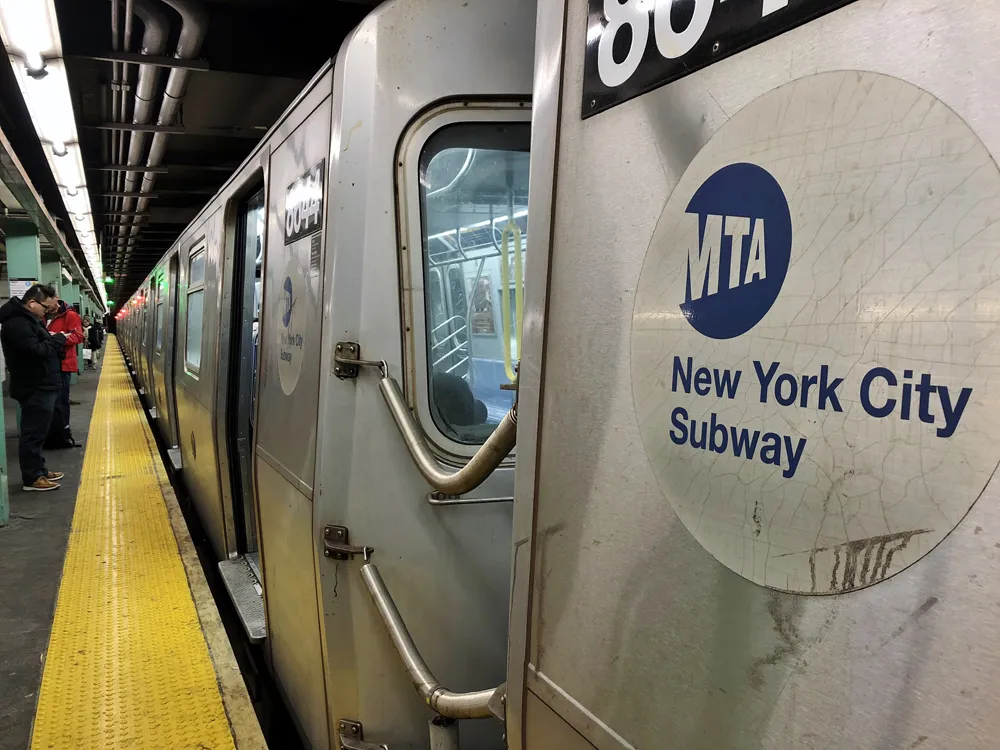Transport officials in Columbus, Ohio, are following in the footsteps of Austin, Texas; Portland, Oregon and Berkeley, California and recalibrating their traffic signal sensors to accommodate the growing number of cyclists in the city. Nearly all the city’s 1,000 traffic lights are connected to road sensors that detect the presence of vehicles at the intersections and adjust the lights accordingly. Cycles are another story; they don’t contain enough metal to trigger the sensor. This has caused some cyclis
February 1, 2013
Read time: 2 mins
Transport officials in Columbus, Ohio, are following in the footsteps of Austin, Texas; Portland, Oregon and Berkeley, California and recalibrating their traffic signal sensors to accommodate the growing number of cyclists in the city.
Nearly all the city’s 1,000 traffic lights are connected to road sensors that detect the presence of vehicles at the intersections and adjust the lights accordingly. Cycles are another story; they don’t contain enough metal to trigger the sensor. This has caused some cyclists to even run a red light that doesn’t change.
“It’s a big safety issue,” said Ray George, president of Yay Bikes, a Columbus organisation that advocates for cyclists. “It’s not the best situation for anybody.”
But local cycling advocates are giving the city high marks for what they say is a stepped-up response to their concerns.
Calls to 311, the city’s service line, and online requests at the 311 website will result in the city checking out a particular intersection and possibly recalibrating the sensors to detect bicycles.
“It’s been a process of going intersection by intersection for a while now,” said Rick Tilton, assistant director of the city’s public-service department. Since February 2012, Columbus has made improvements at about forty-five intersections, Tilton said.
Gordon Renkes, an Ohio State University chemist who has been a certified instructor with the League of American Bicyclists for more than fifteen years, said the response has been a welcome improvement, especially for cyclists.
“This is one of the simplest, easiest and least-expensive things the city and traffic departments can do to help lawful cyclists,” Renkes said.
The technique is recommended by the National Association of City Transportation Officials as a way to reduce delays for cyclists while increasing safety and promoting cycling as a viable form of transportation in cities.
“We’re working with the cycling community, and Mayor Coleman wants to make this a more cycle-friendly city,” Tilton said.
Nearly all the city’s 1,000 traffic lights are connected to road sensors that detect the presence of vehicles at the intersections and adjust the lights accordingly. Cycles are another story; they don’t contain enough metal to trigger the sensor. This has caused some cyclists to even run a red light that doesn’t change.
“It’s a big safety issue,” said Ray George, president of Yay Bikes, a Columbus organisation that advocates for cyclists. “It’s not the best situation for anybody.”
But local cycling advocates are giving the city high marks for what they say is a stepped-up response to their concerns.
Calls to 311, the city’s service line, and online requests at the 311 website will result in the city checking out a particular intersection and possibly recalibrating the sensors to detect bicycles.
“It’s been a process of going intersection by intersection for a while now,” said Rick Tilton, assistant director of the city’s public-service department. Since February 2012, Columbus has made improvements at about forty-five intersections, Tilton said.
Gordon Renkes, an Ohio State University chemist who has been a certified instructor with the League of American Bicyclists for more than fifteen years, said the response has been a welcome improvement, especially for cyclists.
“This is one of the simplest, easiest and least-expensive things the city and traffic departments can do to help lawful cyclists,” Renkes said.
The technique is recommended by the National Association of City Transportation Officials as a way to reduce delays for cyclists while increasing safety and promoting cycling as a viable form of transportation in cities.
“We’re working with the cycling community, and Mayor Coleman wants to make this a more cycle-friendly city,” Tilton said.










